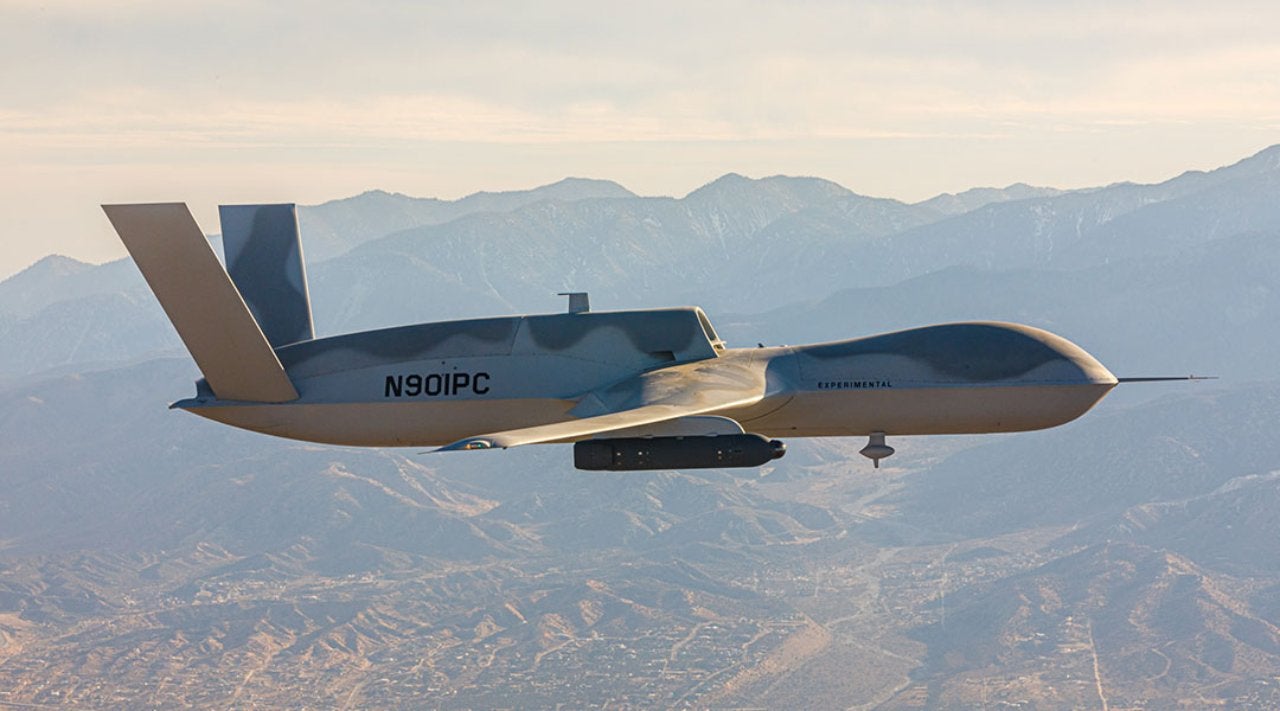Unlocking Your Flight: A Comprehensive Guide to PNR Status
Introduction
In the world of air travel, a PNR (Passenger Name Record) is your digital passport to the skies. It’s a unique code that holds all the essential details of your flight booking. Understanding your PNR status isn’t just about satisfying curiosity; it’s about staying informed and prepared for your journey. This article will demystify the PNR, explain how it works, and guide you on how to use it effectively.
What Exactly is a PNR?
A PNR, also known as a booking reference or record locator, is an alphanumeric code (usually six characters) created when you book a flight. It’s a centralized record that contains information such as:
- Passenger names
- Flight details (dates, times, routes)
- Contact information
- Ticketing details
- Special requests (e.g., dietary needs, wheelchair assistance)
- Payment information
Think of it as a digital file folder containing everything the airline needs to know about your reservation.
The Purpose of a PNR
The PNR serves several crucial functions:
- Identification: It allows airlines and travel agencies to quickly identify and retrieve your booking information.
- Management: It enables changes to your booking, such as seat selection, meal requests, or flight modifications.
- Communication: It facilitates communication between the airline and the passenger regarding flight updates, delays, or cancellations.
- Security: It helps airlines manage passenger manifests for security purposes.
How to Find Your PNR
Your PNR is typically found on your flight confirmation email or e-ticket. It’s usually labeled as "Booking Reference," "PNR Code," or "Record Locator." Make sure to keep this information readily accessible, either in print or digitally, especially when traveling.
Checking Your PNR Status
Once you have your PNR, you can check your flight status through several channels:
- Airline Website: Most airlines have a "Manage Booking" or "Check Flight Status" section on their website where you can enter your PNR and last name to access your booking details.
- Online Travel Agencies (OTAs): If you booked through an OTA (e.g., Expedia, Booking.com), you can usually find a similar feature on their platform.
- Third-Party Flight Tracking Websites/Apps: Numerous websites and mobile apps (e.g., FlightAware, FlightStats) allow you to track flight status using the PNR.
- Airline Customer Service: You can call the airline’s customer service hotline and provide your PNR to inquire about your flight status.
Understanding PNR Status Codes
The information you receive when checking your PNR status might include various codes and abbreviations. Here’s a breakdown of some common ones:
- Confirmed: Your booking is confirmed, and you have a reserved seat on the flight.
- Waitlisted: You are on a waiting list for a flight that is currently full.
- Ticketed: Your ticket has been issued.
- Held: Your booking is temporarily held, awaiting payment or confirmation.
- Cancelled: Your booking has been cancelled.
- Departed: The flight has already taken off.
- Arrived: The flight has landed at its destination.
Why Checking Your PNR Status Matters
Regularly checking your PNR status offers several benefits:
- Stay Informed: You’ll receive real-time updates on any flight changes, delays, or cancellations, allowing you to adjust your travel plans accordingly.
- Verify Details: You can double-check that all your booking details (e.g., passenger names, flight dates) are accurate.
- Manage Your Booking: You can often use your PNR to make changes to your booking, such as selecting seats or adding baggage.
- Peace of Mind: Knowing that your booking is confirmed and up-to-date can reduce travel-related stress.
Common Issues and Solutions
- PNR Not Found: Ensure you’ve entered the PNR correctly and that you’re using the correct airline or booking platform. If the issue persists, contact the airline or travel agency directly.
- Incorrect Information: If you notice any errors in your booking details, contact the airline or travel agency immediately to rectify them.
- Flight Changes: If your flight has been changed or cancelled, the airline should notify you. However, it’s always a good idea to proactively check your PNR status and understand your options for rebooking or refunds.
The Future of PNRs
The PNR system has been a cornerstone of air travel for decades, but it’s evolving. Airlines are increasingly integrating PNR data with mobile apps and other digital platforms to provide passengers with a more seamless and personalized travel experience.
Conclusion
The PNR is your key to unlocking the details of your flight booking. By understanding what it is, how to find it, and how to use it to check your flight status, you can stay informed, manage your booking effectively, and travel with greater peace of mind. In today’s dynamic travel landscape, being proactive and informed is more important than ever. So, the next time you book a flight, remember to keep your PNR handy and use it to stay connected to your journey.


Leave a Reply